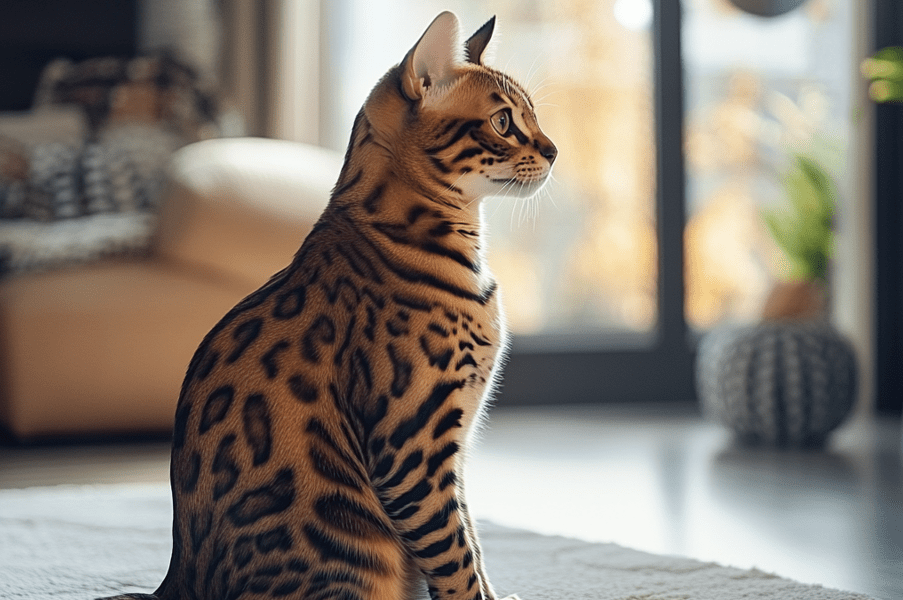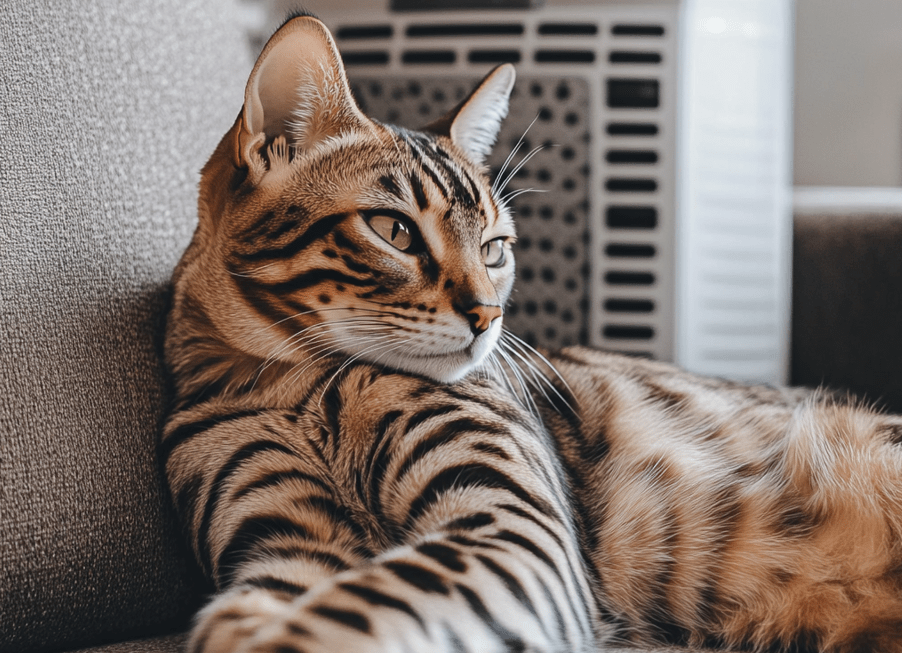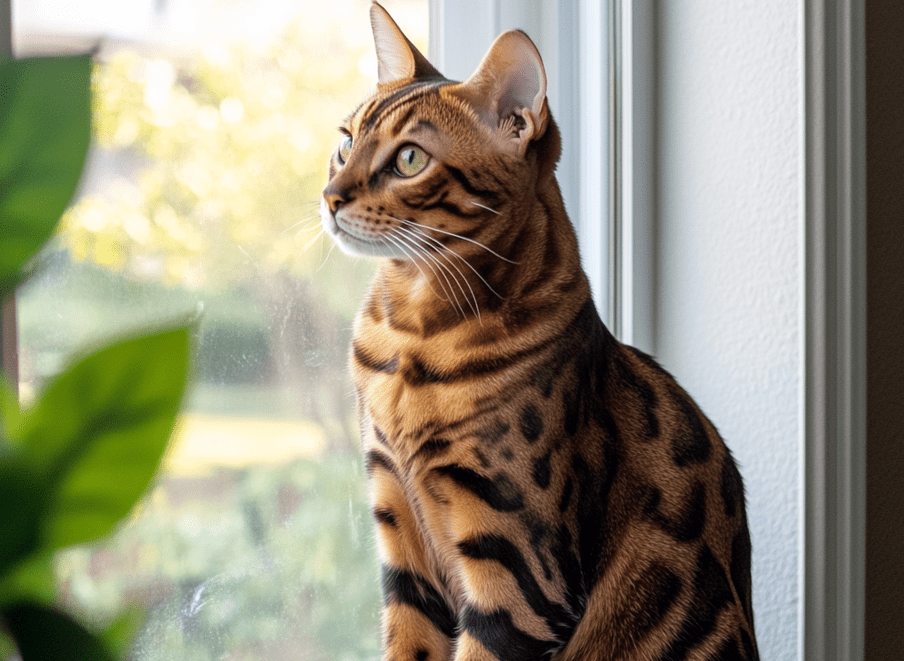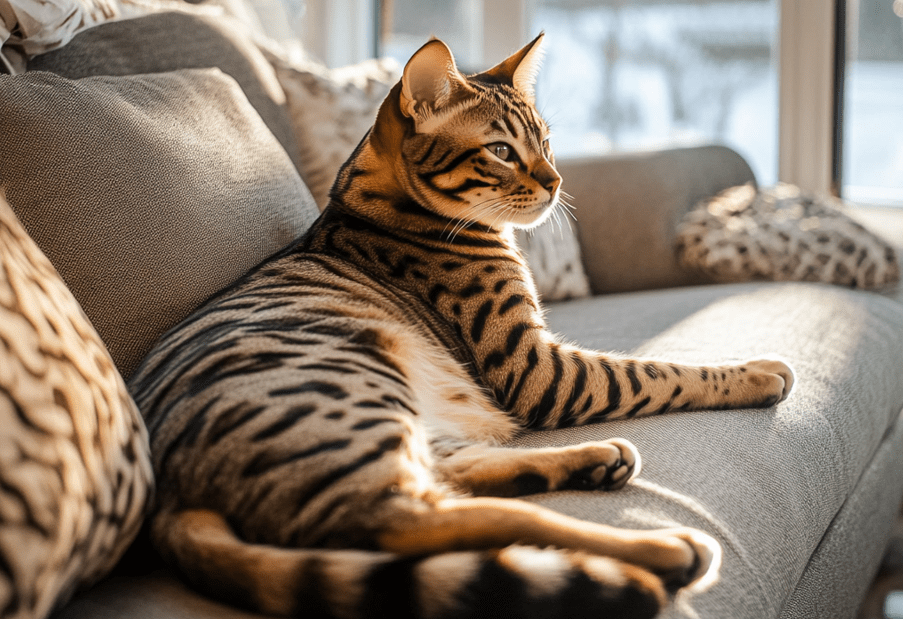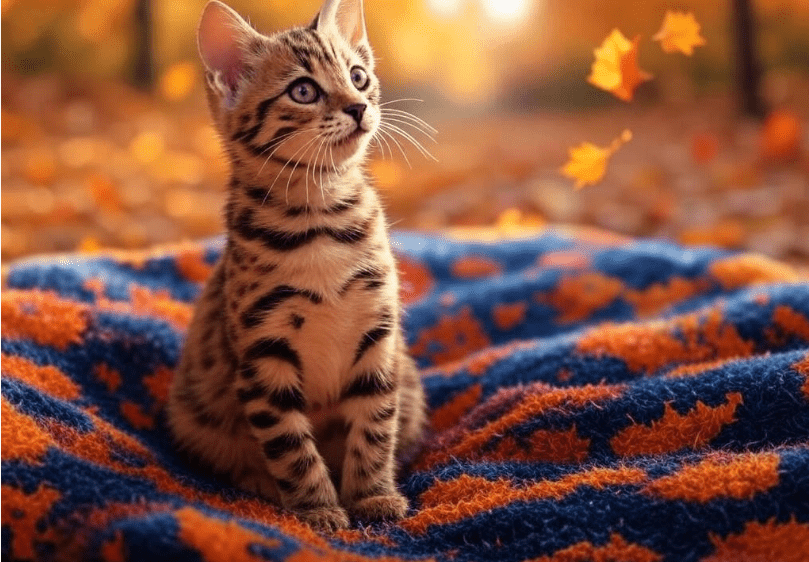
Bengal cats are known for their striking appearance and energetic personalities, but some owners face a peculiar challenge: dealing with pica in Bengal cats. Pica is a condition where cats chew or ingest non-food items, such as plastic, fabric, or even electrical cords. This behavior can be frustrating and potentially dangerous. Understanding why Bengal cats develop pica and how to manage it is crucial for their health and your peace of mind. In this comprehensive guide, we’ll explore the causes, risks, and effective strategies to address pica in Bengal cats.
What is Pica in Cats?
Pica is a behavioral disorder characterized by the persistent chewing or ingestion of non-nutritive substances. In Bengal cats, this might manifest as chewing on household items like shoelaces, plastic bags, or wool. While occasional chewing is normal, especially in curious breeds like Bengals, pica involves compulsive behavior that can lead to health complications, such as intestinal blockages or dental damage.
Why Bengal Cats Are Prone to Pica
Bengal cats are a unique breed, descended from the Asian leopard cat, which gives them their wild appearance and high-energy demeanor. Their intelligence, curiosity, and active nature make them more susceptible to pica for several reasons:
High Energy Levels: Bengals require significant mental and physical stimulation. Without adequate outlets, they may turn to chewing as a way to alleviate boredom.
Curiosity and Exploration: Their inquisitive nature drives them to investigate and mouth objects, sometimes leading to pica.
Teething and Oral Fixation: Young Bengals, in particular, may chew to soothe teething discomfort, which can develop into a habit.
Genetic Predisposition: Some experts suggest that certain breeds, including Bengals, may have a genetic tendency toward compulsive behaviors like pica.
Causes of Pica in Bengal Cats
To effectively manage pica, it’s essential to understand its underlying causes. Pica in Bengal cats can stem from medical, behavioral, or environmental factors.
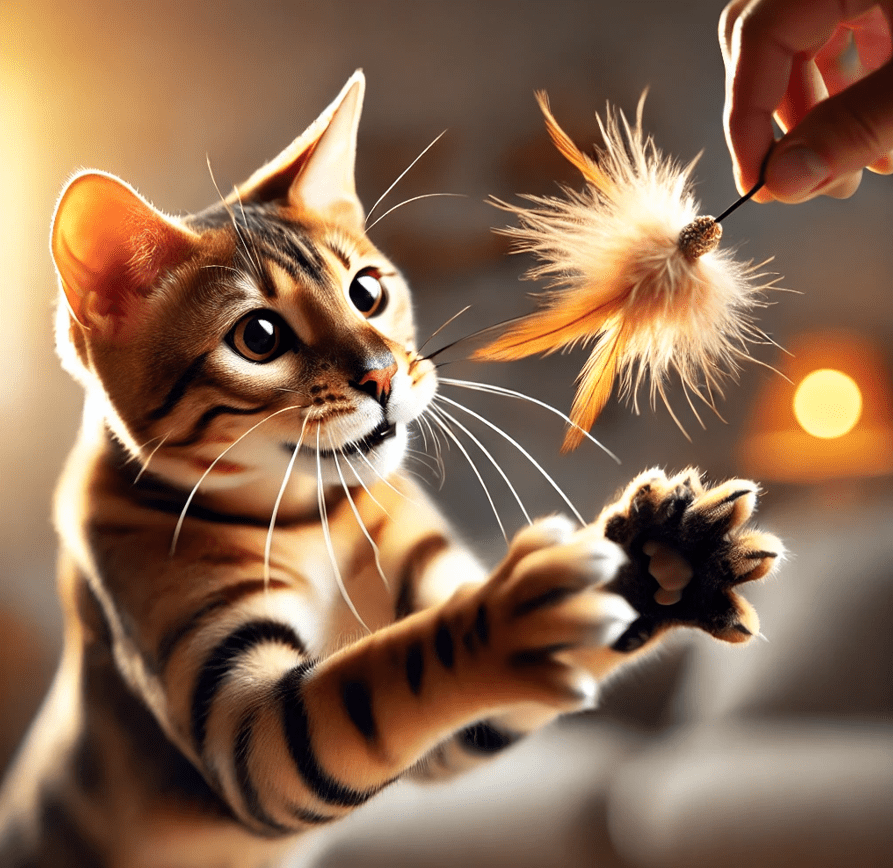
Medical Causes
Nutritional Deficiencies: A lack of essential nutrients, such as fiber or certain vitamins, may drive cats to chew on non-food items to compensate.
Dental Issues: Pain or discomfort from dental problems, like gingivitis or tooth decay, can cause excessive chewing.
Gastrointestinal Disorders: Conditions like inflammatory bowel disease or parasites may lead to unusual eating behaviors.
Neurological Conditions: In rare cases, neurological disorders can trigger compulsive behaviors like pica.
Behavioral and Environmental Causes
Stress and Anxiety: Bengals are sensitive to changes in their environment, such as moving to a new home or the introduction of a new pet. Stress can manifest as pica.
Boredom: Without enough stimulation, Bengals may chew on objects to entertain themselves.
Learned Behavior: If chewing is inadvertently reinforced (e.g., by giving attention when they chew), it can become a habit.
Early Weaning: Kittens weaned too early may develop oral fixations, leading to pica later in life.
Risks of Pica in Bengal Cats
Pica isn’t just a quirky habit—it can pose serious health risks. Owners need to be aware of the potential consequences to take prompt action.
Intestinal Blockages: Ingesting non-food items like string or plastic can cause blockages in the digestive tract, requiring emergency surgery.
Toxic Ingestion: Chewing on items like electrical cords or toxic plants can lead to poisoning or electrocution.
Dental Damage: Persistent chewing on hard objects can wear down teeth or cause fractures.
Choking Hazards: Small objects can become lodged in the throat, posing a choking risk.
Diagnosing Pica in Bengal Cats
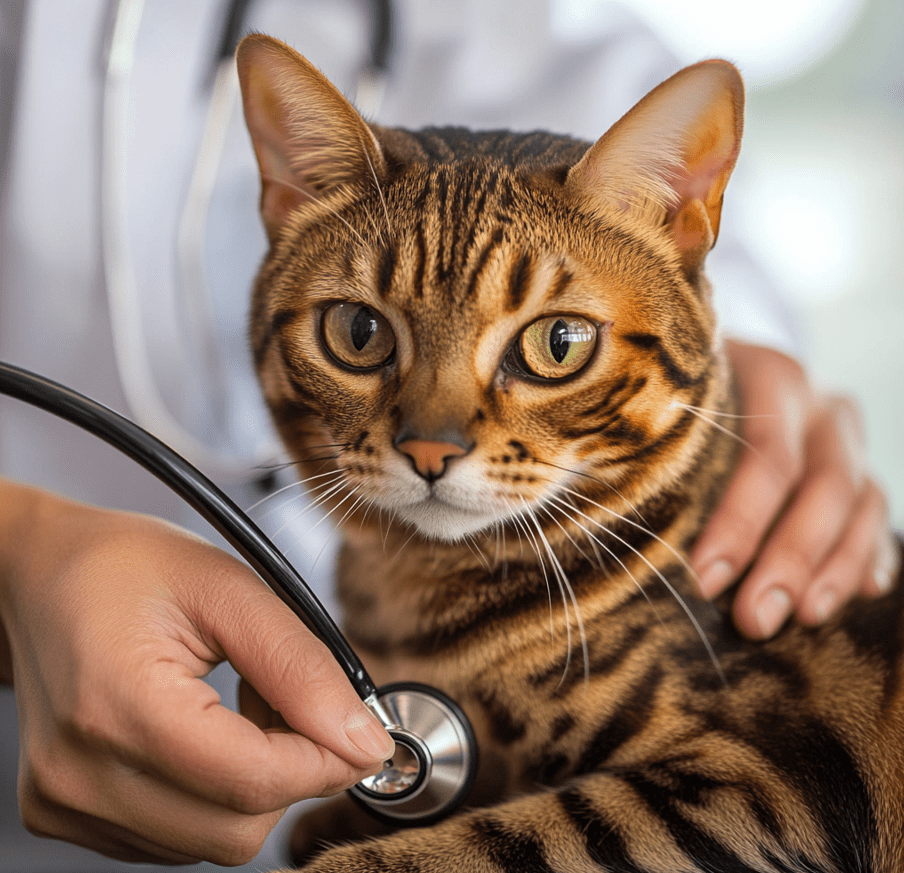
If you suspect your Bengal has pica, consult a veterinarian to rule out medical causes and confirm the diagnosis. The process typically involves:
Medical History Review: Your vet will ask about your cat’s diet, environment, and behavior to identify potential triggers.
Physical Examination: A thorough exam can detect dental issues, nutritional deficiencies, or gastrointestinal problems.
Diagnostic Tests: Bloodwork, X-rays, or ultrasounds may be used to rule out underlying medical conditions.
Behavioral Assessment: If no medical cause is found, your vet may refer you to a feline behaviorist to evaluate environmental or psychological factors.
Strategies for Dealing with Pica in Bengal Cats
Managing pica requires a multi-faceted approach that addresses both the root cause and the behavior itself. Here are proven strategies to help your Bengal cat overcome pica.
1. Veterinary Evaluation and Treatment
Start by scheduling a vet visit to rule out medical issues. If a health problem is identified, follow your vet’s treatment plan, which may include:
Dietary Adjustments: Switching to a high-quality, nutrient-rich diet can address deficiencies.
Dental Care: Treating dental issues can reduce discomfort-driven chewing.
Medications: In cases of anxiety or compulsive behavior, your vet may prescribe anti-anxiety medications or supplements.
2. Environmental Enrichment
Bengals thrive in stimulating environments. Enhancing their surroundings can reduce boredom and redirect chewing behavior.
Interactive Toys: Provide puzzle feeders, laser pointers, or motorized toys to keep your Bengal engaged.
Climbing Structures: Cat trees, shelves, or window perches allow Bengals to explore vertically, satisfying their need for adventure.
Rotating Toys: Introduce new toys regularly to maintain novelty and prevent boredom.
Safe Chew Toys: Offer cat-safe chew toys, such as dental treats or rawhide alternatives designed for cats, to satisfy their chewing urges.
3. Stress Reduction
Reducing stress can help curb pica caused by anxiety. Consider the following:
Consistent Routine: Maintain a predictable schedule for feeding, playtime, and litter box cleaning.
Safe Spaces: Create quiet areas where your Bengal can retreat if feeling overwhelmed.
Pheromone Diffusers: Products like Feliway can promote calmness in stressful environments.
Positive Reinforcement: Reward your cat for desirable behaviors, such as playing with toys, to reinforce good habits.
4. Pet-Proofing Your Home
Prevent access to dangerous or tempting items to minimize pica risks.
Secure Cords and Wires: Use cord covers or bitter-tasting sprays to deter chewing on electrical cords.
Remove Small Objects: Keep items like rubber bands, hair ties, and small toys out of reach.
Store Fabrics Safely: Place blankets, clothing, and towels in closed storage to prevent chewing.
Use Deterrents: Apply pet-safe bitter sprays to objects your cat frequently targets.
5. Behavioral Modification
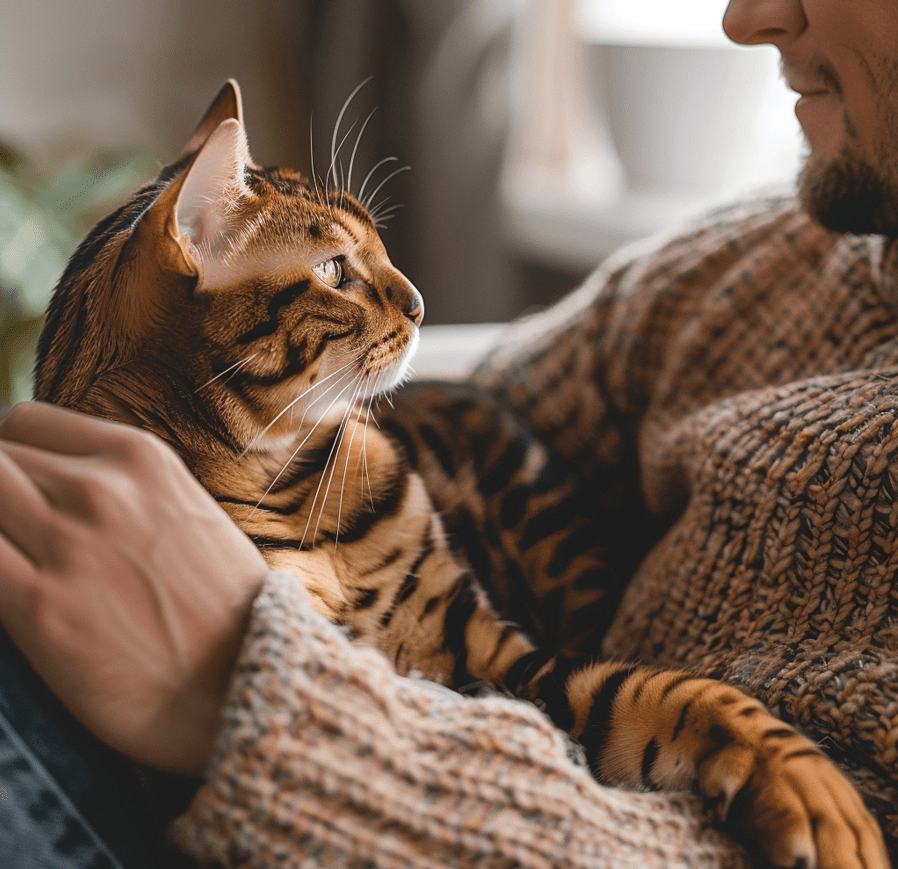
Work with a feline behaviorist to develop a tailored plan to redirect your cat’s chewing. Techniques may include:
Redirection: When your cat starts chewing on an inappropriate item, gently redirect them to a safe chew toy.
Training: Use clicker training to teach your Bengal to engage in alternative behaviors.
Ignoring Unwanted Behavior: Avoid giving attention when your cat chews inappropriately, as this can reinforce the behavior.
6. Dietary Considerations
A balanced diet is critical for preventing pica. Ensure your Bengal’s food meets their nutritional needs:
High-Protein Diet: Bengals benefit from high-protein, low-carb diets that mimic their natural prey-based diet.
Fiber Supplements: Adding fiber to their diet can promote satiety and reduce cravings for non-food items.
Consult a Vet Nutritionist: If you suspect dietary deficiencies, a professional can recommend appropriate supplements or food changes.
When to Seek Professional Help
If pica persists despite your efforts, it’s time to seek expert assistance. Consider:
Veterinary Behaviorist: A specialist can diagnose complex behavioral issues and recommend advanced interventions.
Feline Behavior Consultant: These professionals can assess your home environment and suggest modifications to reduce pica triggers.
Ongoing Veterinary Care: Regular check-ups ensure that any underlying medical issues are monitored and managed.
Preventing Pica in Bengal Cats
Prevention is always better than cure. Here are tips to reduce the likelihood of pica developing in your Bengal:
Early Socialization: Expose kittens to a variety of stimuli to reduce anxiety and compulsive behaviors later in life.
Regular Playtime: Dedicate at least 30–60 minutes daily to interactive play to keep your Bengal mentally and physically satisfied.
Nutritious Diet: Feed a high-quality diet from kittenhood to prevent nutritional deficiencies.
Routine Vet Visits: Annual check-ups can catch potential health issues before they lead to behavioral problems.
Living with a Bengal Cat with Pica
Dealing with pica in Bengal cats can be challenging, but with patience and persistence, you can manage the condition effectively. Celebrate small victories, such as your cat choosing a chew toy over a shoelace, and remain consistent with your strategies. Bengals are intelligent and responsive, so with the right approach, you can help them lead a happy, healthy life.
Building a Strong Bond
Managing pica offers an opportunity to strengthen your bond with your Bengal. Through play, training, and positive reinforcement, you’ll deepen your understanding of their unique personality. Bengals thrive on attention and interaction, so use this time to create a nurturing and stimulating environment.
Common Myths About Pica in Cats
Let’s debunk some misconceptions that can hinder effective management of pica:
Myth: Pica is just a phase that cats outgrow.
Fact: Pica is often a sign of an underlying issue and requires intervention to resolve.
Myth: Only bored cats develop pica.
Fact: Medical, behavioral, and environmental factors can all contribute to pica.
Myth: Punishment stops pica.
Fact: Punishment can increase stress and worsen the behavior. Positive reinforcement is more effective.
Conclusion
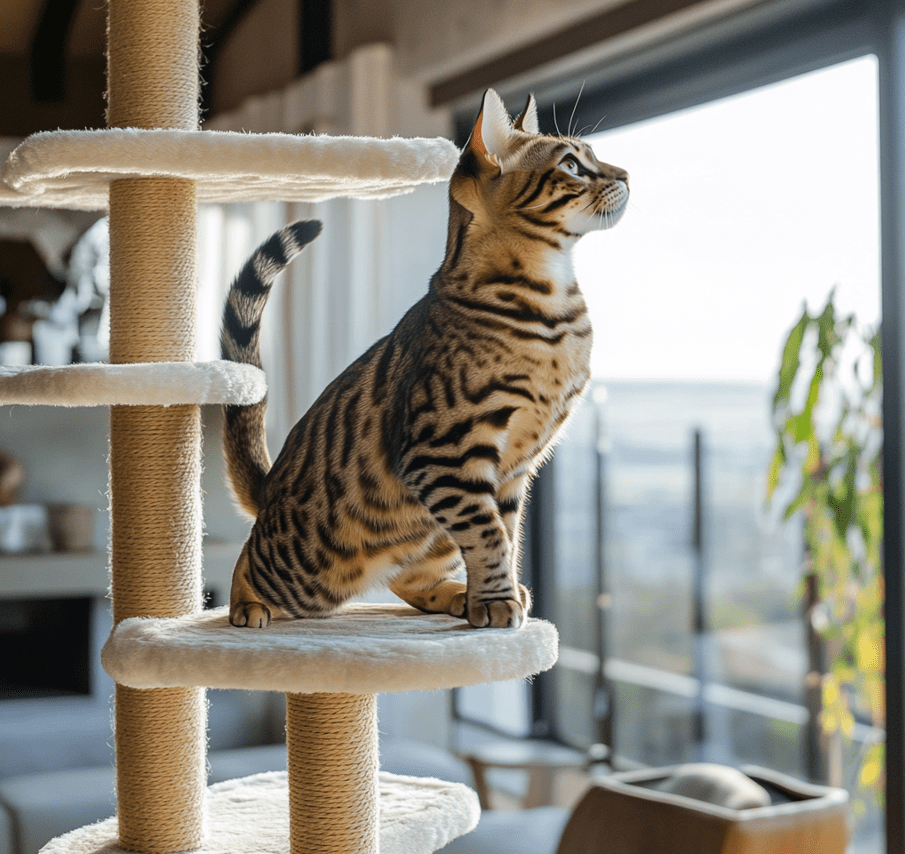
Dealing with pica in Bengal cats requires a comprehensive approach that addresses medical, behavioral, and environmental factors. By understanding the causes, recognizing the risks, and implementing targeted strategies, you can help your Bengal overcome this challenging behavior. From veterinary care to environmental enrichment, every step you take brings you closer to a healthier, happier cat. With dedication and the right resources, you can ensure your Bengal thrives, free from the dangers of pica.
If you’re struggling with pica in your Bengal cat, don’t hesitate to consult your veterinarian or a feline behaviorist. Share your experiences or questions in the comments below—we’d love to hear from you!

